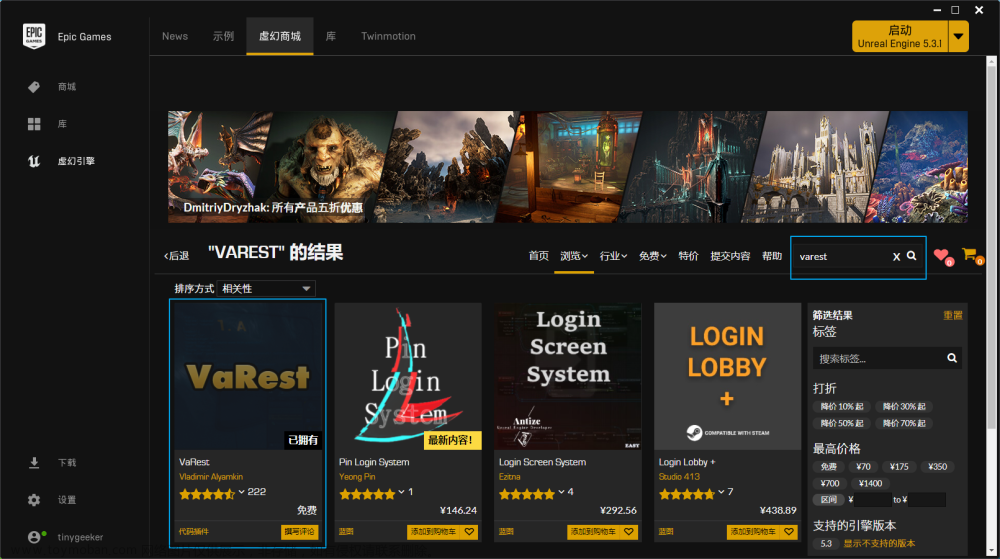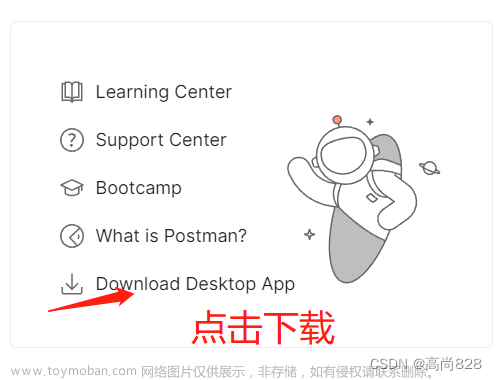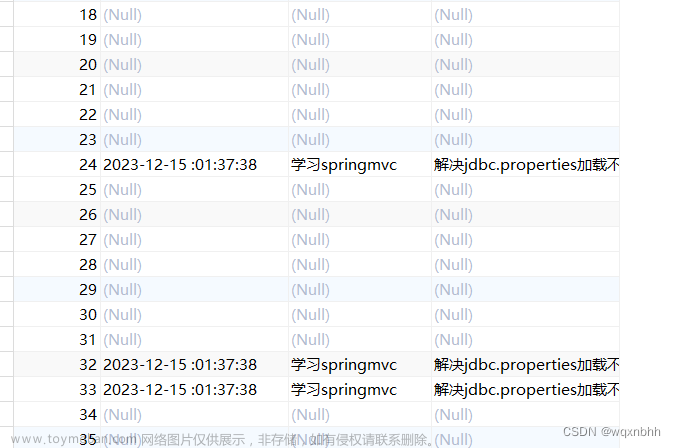在现代的前端开发中,与后端进行数据交互是必不可少的。其中,发送 POST 请求并带有 JSON 请求体是一种常见的需求。在本文中,我们将介绍在 JavaScript 中实现这一需求的几种方法。
使用 XMLHttpRequest
XMLHttpRequest 是一种传统的发送网络请求的方式。以下是一个使用 XMLHttpRequest 发送 POST 请求并带有 JSON 请求体的示例:
var xhr = new XMLHttpRequest();
var url = "https://example.com/api";
xhr.open("POST", url, true);
xhr.setRequestHeader("Content-Type", "application/json");
xhr.onreadystatechange = function () {
if (xhr.readyState === 4 && xhr.status === 200) {
var json = JSON.parse(xhr.responseText);
console.log(json);
}
};
var data = JSON.stringify({ key: "value" });
xhr.send(data);
使用 fetch API
fetch API 是一种较新的发送网络请求的方式。以下是一个使用 fetch 发送 POST 请求并带有 JSON 请求体的示例:
var url = "https://example.com/api";
var data = { key: "value" };
fetch(url, {
method: 'POST',
headers: {
'Content-Type': 'application/json',
},
body: JSON.stringify(data),
})
.then(response => response.json())
.then(json => console.log(json))
.catch(error => console.error('Error:', error));
使用 axios
axios 是一个基于Promise的HTTP库,它有很多有用的特性,如拦截请求和响应、转换请求和响应数据等。以下是一个使用 axios 发送 POST 请求并带有 JSON 请求体的示例:
首先,您需要安装axios:
npm install axios
然后,您可以这样发送POST请求:文章来源:https://www.toymoban.com/news/detail-841413.html
var axios = require('axios');
var url = "https://example.com/api";
var data = { key: "value" };
axios.post(url, data, {
headers: {
'Content-Type': 'application/json'
}
})
.then(response => {
console.log(response.data);
})
.catch(error => {
console.log('Error:', error);
});
以上就是几种在 JavaScript 中发送 POST 请求并带有 JSON 请求体的常见方法。您可以根据具体需求选择适合您的方法。文章来源地址https://www.toymoban.com/news/detail-841413.html
到了这里,关于【JavaScript】 发送 POST 请求并带有 JSON 请求体的几种方法的文章就介绍完了。如果您还想了解更多内容,请在右上角搜索TOY模板网以前的文章或继续浏览下面的相关文章,希望大家以后多多支持TOY模板网!












